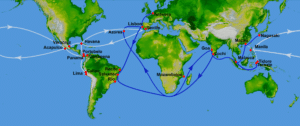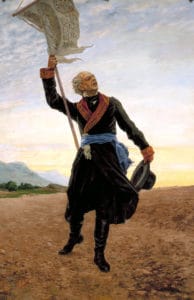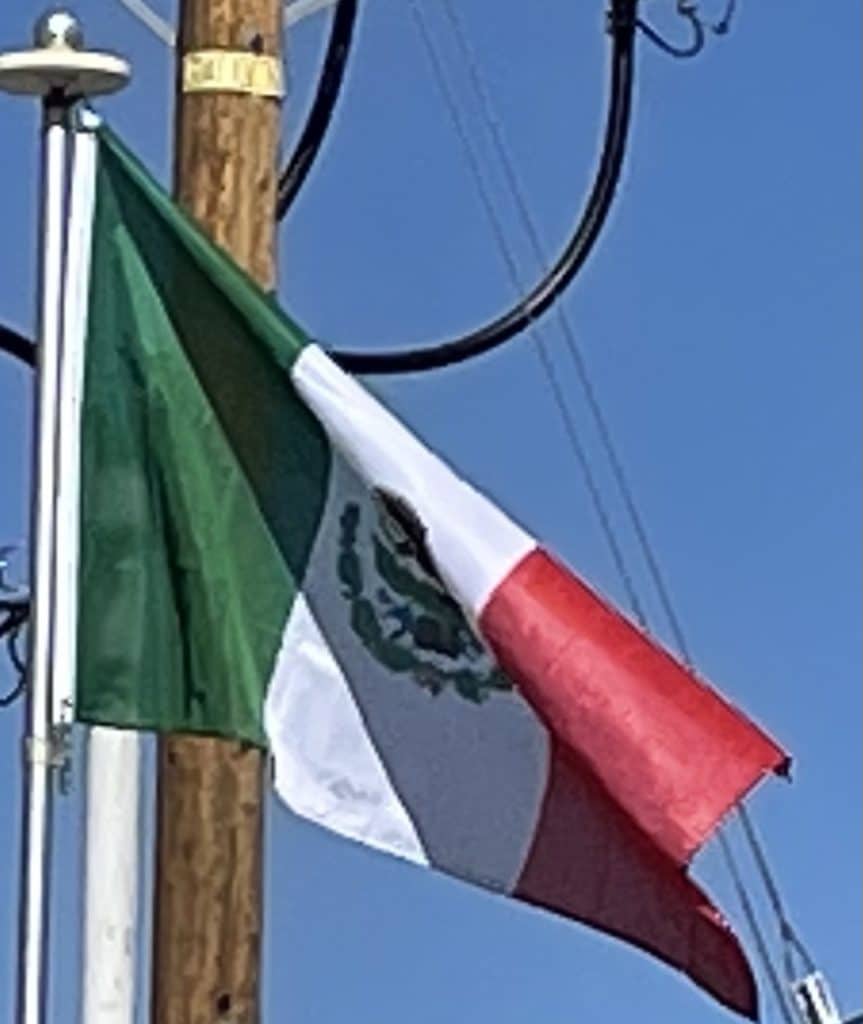As a result of its trade links with Asia, the rest of the Americas, Africa and Europe and the profound effect of New World silver, central Mexico was one of the first regions to be incorporated into a globalized economy. Being at the crossroads of trade, people and cultures, Mexico City has been called the “first world city”. The Nao de China (Manila Galleons) operated for two and a half centuries and connected New Spain with Asia. Silver and the red dye cochineal were shipped from Veracruz to Atlantic ports in the Americas and Spain. Veracruz was also the main port of entry in mainland New Spain for European goods, immigrants from Spain, and African slaves. The Camino Real de Tierra Adentro connected Mexico City with the interior of New Spain. Mexican silver pesos became the first globally used currency.

Spanish forces, sometimes accompanied by native allies, led expeditions to conquer territory or quell rebellions through the colonial era. Notable Amerindian revolts in sporadically populated northern New Spain include the Chichimeca War (1576–1606), Tepehuán Revolt (1616–1620), and the Pueblo Revolt (1680), the Tzeltal Rebellion of 1712 was a regional Maya revolt. Most rebellions were small-scale and local, posing no major threat to the ruling elites. To protect Mexico from the attacks of English, French, and Dutch pirates and protect the Crown’s monopoly of revenue, only two ports were open to foreign trade—Veracruz on the Atlantic and Acapulco on the Pacific. Among the best-known pirate attacks are the 1663 Sack of Campeche and 1683 Attack on Veracruz. Of greater concern to the crown was of foreign invasion, especially after Britain seized in 1762 the Spanish ports of Havana, Cuba and Manila, the Philippines in the Seven Years’ War. It created a standing military, increased coastal fortifications, and expanded the northern presidios and missions into Alta California. The volatility of the urban poor in Mexico City was evident in the 1692 riot in the Zócalo. The riot over the price of maize escalated to a full-scale attack on the seats of power, with the viceregal palace and the archbishop’s residence attacked by the mob.
War of Independence (1810–1821):
On 16 September 1810, a “loyalist revolt” against the ruling junta was declared by priest Miguel Hidalgo y Costilla, in the small town of Dolores, Guanajuato. This event, known as the Cry of Dolores (Spanish: Grito de Dolores) is commemorated each year, on 16 September, as Mexico’s independence day. The first insurgent group was formed by Hidalgo, the Spanish viceregal army captain Ignacio Allende, the militia captain Juan Aldama and La Corregidora (English: “The Magistrate”) Josefa Ortiz de Domínguez. Hidalgo and some of his soldiers were captured and executed by firing squad in Chihuahua, on 31 July 1811.

Following Hidalgo’s death, the leadership was assumed by Ignacio López Rayón and then by the priest José María Morelos, who occupied key southern cities with the support of Mariano Matamoros and Nicolás Bravo. In one notable incident, Nicolas Bravo captured 200 royalist soldiers, whom Morelos ordered should be executed in revenge of the murder of Bravo’s father. In an act of mercy, Bravo instead pardoned the prisoners, most of whom then joined the insurgent cause. In 1813 the Congress of Chilpancingo was convened and, on 6 November, signed the “Solemn Act of the Declaration of Independence of Northern America“. This Act also abolished slavery and the caste system and, being a Catholic priest himself, Morelos called for Roman Catholicism to be the exclusive faith in Mexico. Morelos was captured and executed on 22 December 1815.
